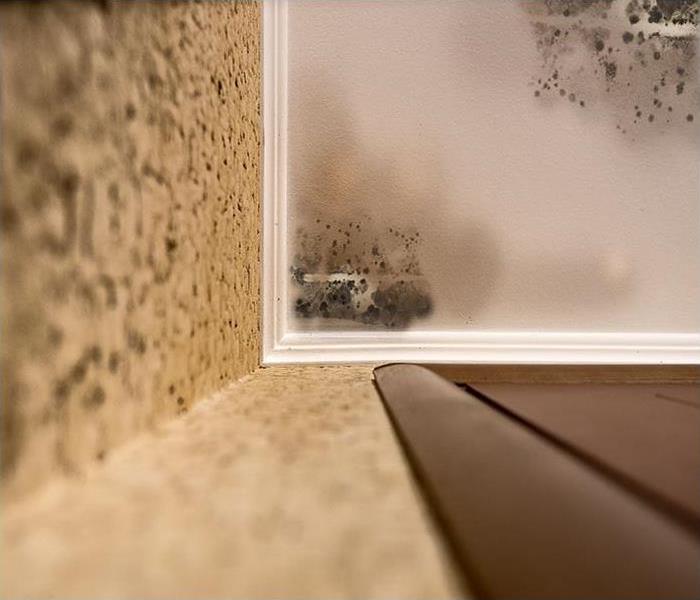The Process of Drying Out And Water Removal Your Flooded Basement In Arrowhead
2/24/2017 (Permalink)
 Water removal from your basement also includes the proper drying techniques to avoid more damage from occurring, including mold growth in your home.
Water removal from your basement also includes the proper drying techniques to avoid more damage from occurring, including mold growth in your home.
Water Removal And Drying Out
After a big storm, your basement may become flooded. Seeing that it is the lowest point of your home, this can easily happen, but this does not make it any less stressful. When your basement floods for any reason, you need professional help to get the water removed quickly to avoid any more damage. That is when you call in SERVPRO, as we have the experience and tools to remove the water swiftly and efficiently.
Water removal from your basement also includes the proper drying techniques to avoid more damage from occurring, including mold growth in your Arrowhead home. Four factors affect how much time you need for drying including how much water you need to evaporate, the temperature, air movement, and humidity. SERVPRO technicians understand that wet goes to dry, which is a rule which says that moisture moves from wet materials to drier ones, or moist air to drier air to find an equilibrium. We also understand the four factors of drying and how to use special equipment to improve drying time.
Temperature
Drying happens more quickly when your basement is heated to between seventy and ninety degrees Fahrenheit. Portable heaters can be used to do this. Temperatures over 85 degrees on the first days of drying can result in too much moisture in the air, which causes subsequent damage if there aren’t enough dehumidifiers.
How Much Water Needs To Be Evaporated
The more water that we pump out or extract from your basement, the less we need to get rid of with dehumidifiers. Liquids are easier and quicker to move than gas. Physical extraction is 1200 times more efficient than dehumidification. A submersible pump is used if there are two or more inches of standing water in your basement. If it is under two inches, we start extracting.
Humidity
A relative humidity (RH) of over 60% slows drying time since the air is almost saturated. Some of the water in the air must be removed to lower the humidity. The RH should be under 40% after the first full day of drying. Using dehumidifiers is the most efficient way to lower relative humidity. They take the evaporated moisture out of the air and can lower the RH to 30% or lower.
Air Movement
It is important to have the air moving during drying. The air in your basement which has been damaged by water is naturally humid and damp, which slows down evaporation. By blowing the damp air out and bringing in dry, warm air, the drying time is shorter. SERVPRO technicians know how to position air movers to help do this properly. They also change the position of the air movers as the drying process progresses to promote thorough, even drying of all surfaces.
Water removal of any sort needs to be handled by an experienced company, so be sure to contact us at SERVPRO of Montgomery if your basement floods. We are easy to reach by dialing (334) 273-0992 whenever you need us.






 24/7 Emergency Service
24/7 Emergency Service